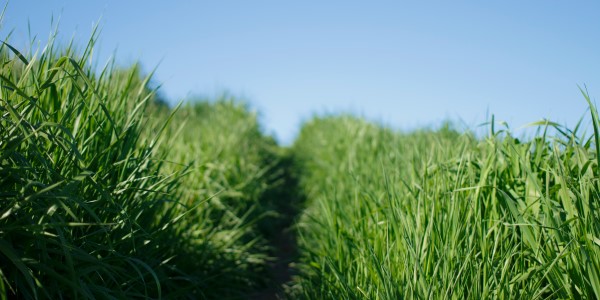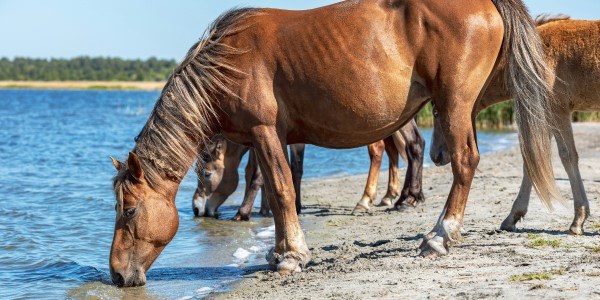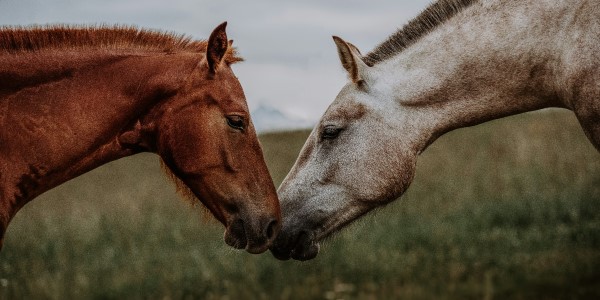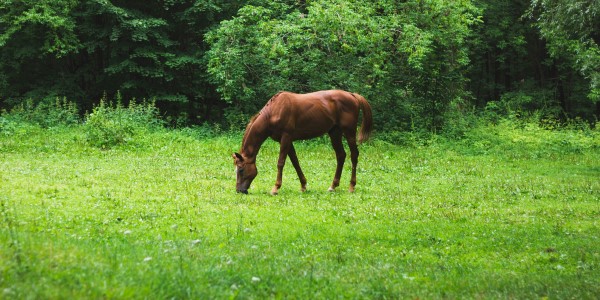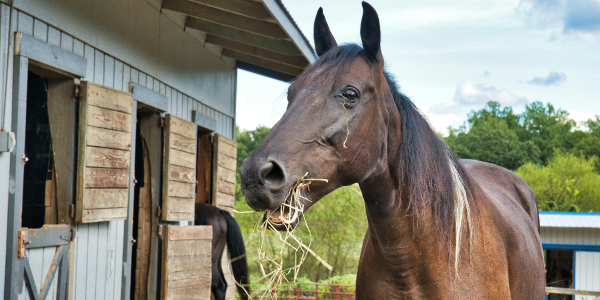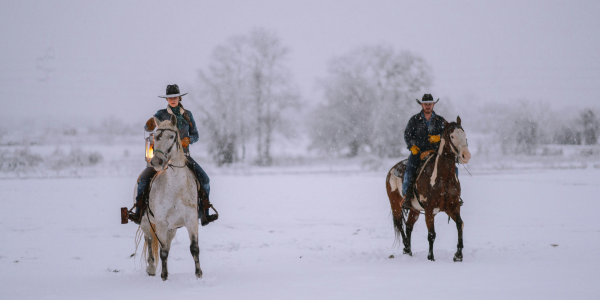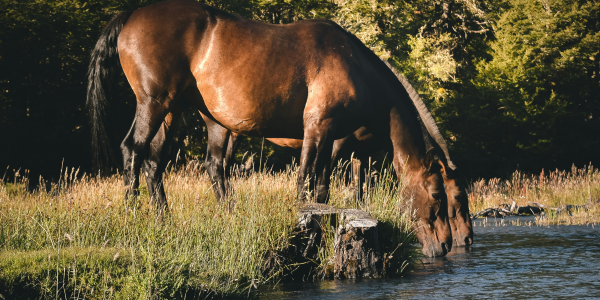As Colorado’s fire season intensifies, safeguarding your horse from the risks of smoke inhalation is paramount. Wildfires bring not only immediate dangers but also lingering threats to equine health, especially through respiratory distress. Understanding how to assess and mitigate these risks can make a crucial difference in maintaining your horse’s well-being. We’ll explore essential tips and signs to watch for. These tips help horse owners protect their horse from the harmful effects of wildfire smoke. Also, if you are looking for a horse property for sale in Colorado, contact Colorado Horse Property today and speak with one of our horse-person realtors.
Horses & The Colorado Fire Season
Exposure to fire smoke can lead to a range of respiratory issues in horses. These range from mild irritation to severe airway or lung damage. Recognizing the signs of respiratory distress is crucial for determining when veterinary attention is necessary. A normal resting respiratory rate for horses typically falls between 12 to 24 breaths per minute. However, if your horse consistently exhibits a respiratory rate exceeding 30 breaths per minute, they’re in trouble. Also if they show noticeable nostril flaring or display increased effort in breathing that’s bad. When hoses experience frequent or deep coughing, or exhibits abnormal nasal discharge, immediate veterinary evaluation is recommended.
In addition to respiratory concerns, it’s important to monitor horses for potential skin and tissue injuries, particularly in the initial days following smoke exposure. The intense heat and particulate matter in smoke can cause burns or other irritations, necessitating careful observation and appropriate veterinary care to mitigate any developing complications. By staying vigilant and promptly addressing any signs of respiratory distress or physical injury, horse owners can help ensure the well-being and recovery of their animals during the challenging fire season in Colorado.




